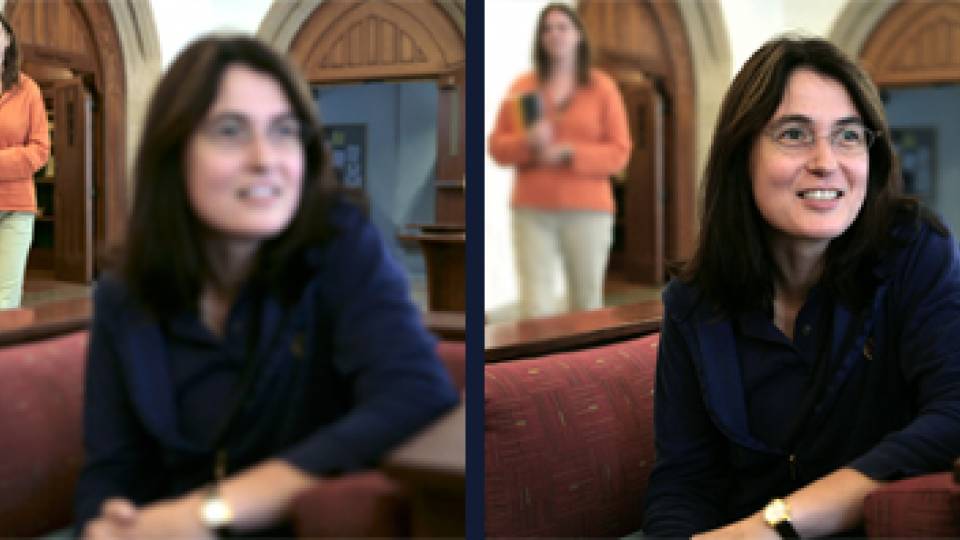Princeton University neuroscientist Sabine Kastner comes prepared for a meeting with her youngest collaborators, packing a model of the human brain, a collection of preserved animal brains and a video demonstrating a single neuron in action.
Those collaborators — fifth-graders at Riverside School in Princeton, shown in the video above — are prepared, too, with questions, ideas and enthusiasm.
Kastner, a professor of psychology and the Princeton Neuroscience Institute, has come not just to teach the students but also to enlist their help as peer reviewers for Frontiers for Young Minds, an academic journal that features articles written by professional researchers and reviewed for clarity and readability by members of the target audience: children ages 8 to 15.
The finished articles are available free to all on the journal's website, bringing the latest science on topics including astronomy, biodiversity, Earth science, health, mathematics and neuroscience to any student with access to the internet. Kastner serves as the chief editor of the "Understanding Neuroscience" section.
"The way I was brought up as a scientist in an academic environment was to do laboratory work, make discoveries and share those discoveries with our peers," said Kastner, who also invites the students to tour the Princeton Neuroscience Institute. "But I think the time has come for scientists to give back. Doing this outreach with kids is just one way to do it."





